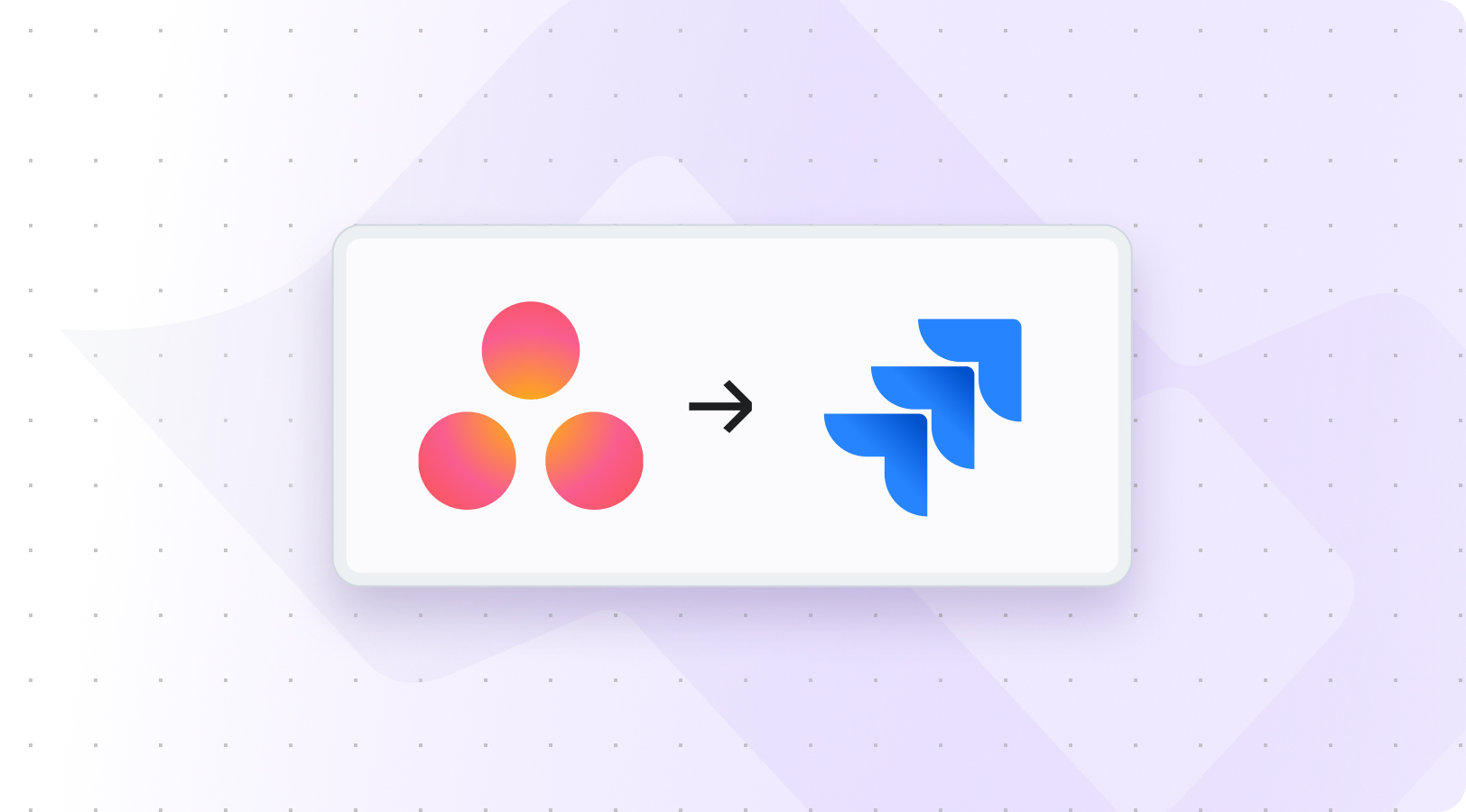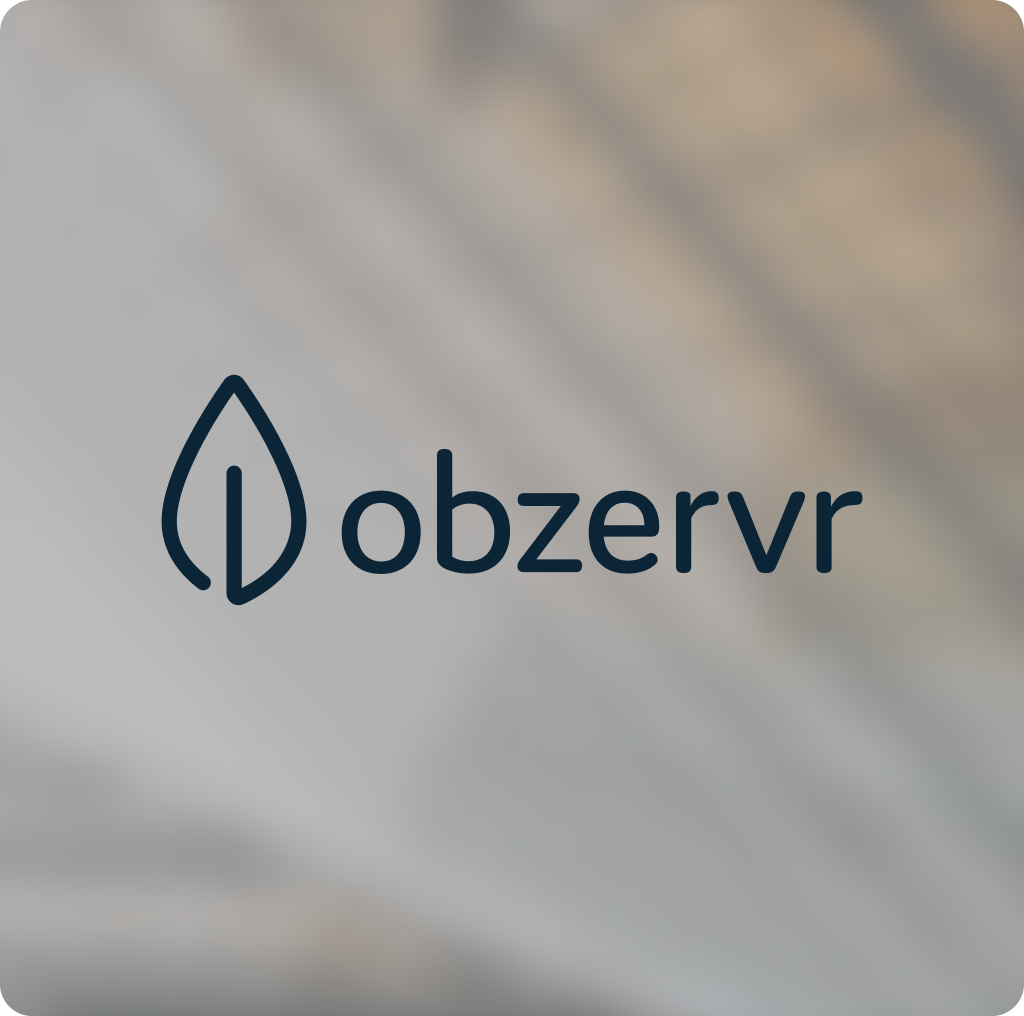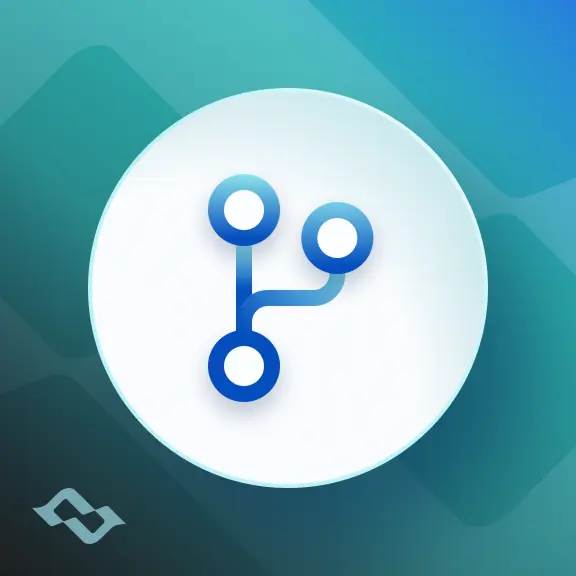Every migration tells a story. Behind every line of code and every mapped field, there are people—teams with histories, habits, and ways of working that have carried them forward until now. When organizations begin considering an Asana to Jira migration, it’s rarely just about moving Asana tasks from one tool to another. It’s about evolving, adapting, and creating the right environment where both business and technical teams can thrive together.
Why Teams Move from Asana to Jira
Asana often feels like that first apartment you move into. It’s bright, it’s simple, it gets you through your first big projects. Teams love the calendar view, the ease of status updates, and the quick creation of Asana projects. For many non technical teams, it’s a perfect home.
But growth has a way of changing what you need. Once technical teams join the picture, with complex workflows, sprint planning, and demanding reporting requirements, Asana can feel like it no longer fits. That’s when Jira Cloud or Jira Data Center becomes the natural next step. Jira offers the ability to model advanced workflows, connect deeply with development pipelines, and keep Jira issues structured across multiple projects. It provides the kind of depth and automation that large-scale operations need.
So the decision to move is made. But the question still lingers: how do you navigate such a transition without losing what made you productive in the first place?
Challenges of Asana to Jira Migration
Switching tools can feel like packing up a house. You want every picture frame, every handwritten note, every conversation preserved. The thought of data loss—whether it’s comments, attachments, or custom fields—can be overwhelming. Manual methods like csv export and import sometimes feel like carrying everything out in cardboard boxes. They work, but you end up with broken pieces, missing values, and bugs hidden in the corners.
Teams often fear that what made their projects personal—their status updates, their specific fields, their carefully built Asana workspace—will vanish in the move. That’s where Getint steps in, not just as a tool, but as a partner who understands the human side of change.
Migrating between tools isn’t just about moving Asana tasks. There are common hurdles:
- Field Mapping: Aligning Asana’s custom fields with Jira’s issue types, standard fields, and specific fields.
- Attachments and Comments: Preserving attachments, comments, and status updates without errors.
- Permissions: Ensuring user and permission mapping works smoothly.
- Import Issues: Relying on manual CSV exports often leads to errors, bugs, and loss of values.
- Accuracy and Progress Tracking: Without proper tools, it’s hard to track migration progress and validate migrated data.
This is where Getint comes in.
How Getint Handles Asana to Jira Migration
With Getint, the process of migration becomes less about stress and more about trust. Imagine being guided through the move step by step:
- First, you connect the systems. Your Asana project is linked with your Jira project, and the setup begins. There’s something reassuring about seeing both worlds connected—like opening the door to your new home before you’ve even left the old one.
- Then comes mapping. Instead of leaving your custom fields behind, you get to decide where they belong in Jira. Maybe an Asana “priority” field becomes a Jira status, or Asana tasks with due dates turn into Jira issues with deadlines. It’s thoughtful, deliberate, and designed to preserve accuracy.
- Before anything final, there’s the test migration. Think of it as walking through the new house before signing. You see how the comments, attachments, and users will look. You catch potential bugs before they become problems. This practice gives teams the confidence that nothing important will be left behind.
- Finally, when it’s time to move, the full migration happens. Sometimes in one big step, sometimes in phases—especially for organizations balancing operations across multiple projects. All along, there’s real-time visibility into the progress. You don’t just hope for the best; you see what’s happening as it unfolds.
And if your teams aren’t ready to cut ties immediately? Getint allows ongoing integration. That means your Asana and Jira instances can sync automatically for a while, letting non technical teams and technical teams adjust at their own pace.
Getint's Asana to Jira Migration: Step by Step
1. Setup and Preparation
Before the migration, Getint guides you through setup:
- Connect your Asana workspace and Jira cloud or Jira data center.
- Define which Asana project or projects you want to migrate.
- Prepare Jira project structures so that fields and workflows align.
This stage is about preparing your systems to reduce effort later.
Check out: Software Migration Plan Template [FREE Worksheet]
2. Field Mapping
Next, you’ll map Asana’s custom fields to Jira’s issue types, statuses, and standard fields. For example:
- An Asana priority field can be mapped to a Jira priority status.
- Asana tasks with due dates map to Jira Jira issues deadlines.
- Subtasks remain intact when migrated.
If a direct map isn’t available, Getint lets you create placeholders or use specific fields to preserve values.
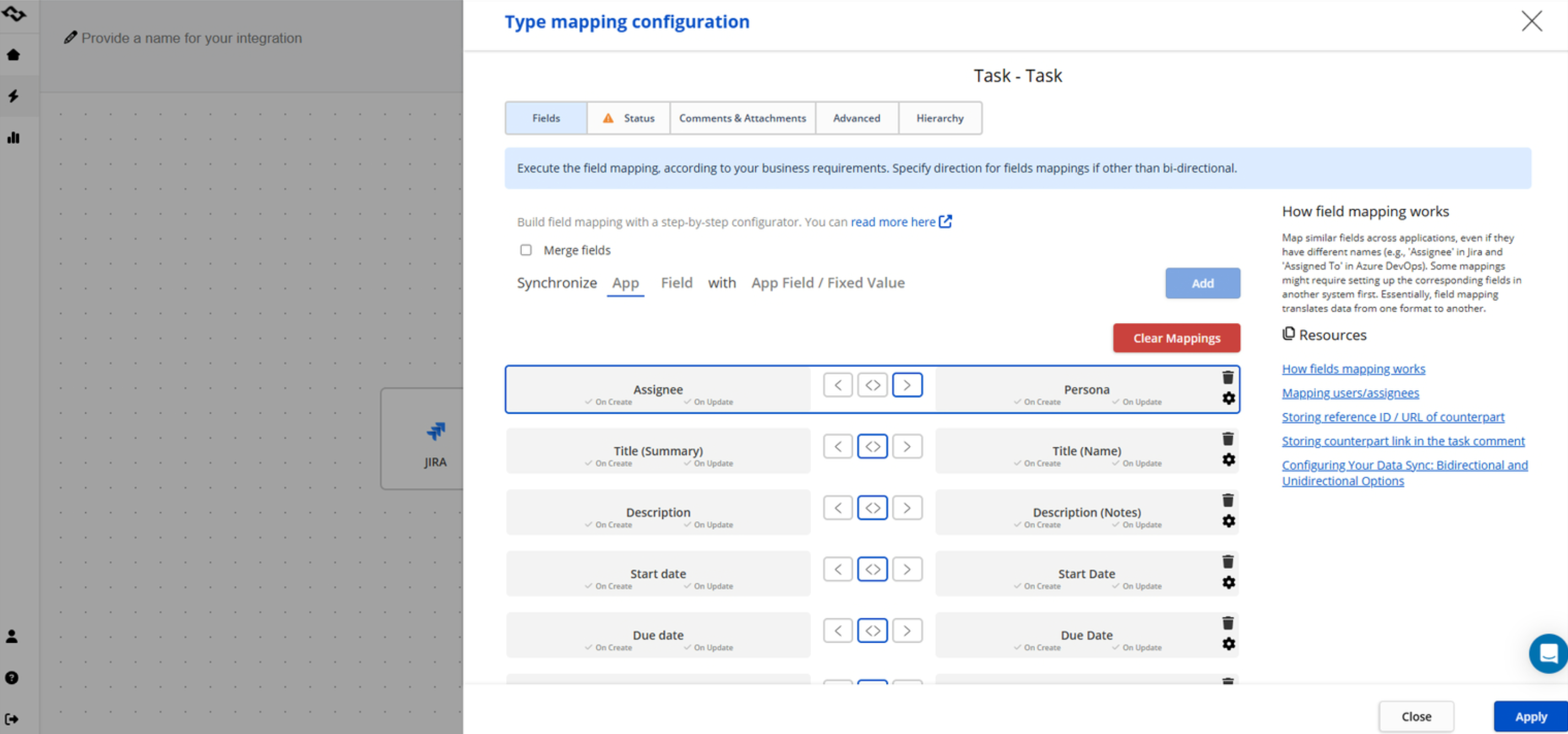
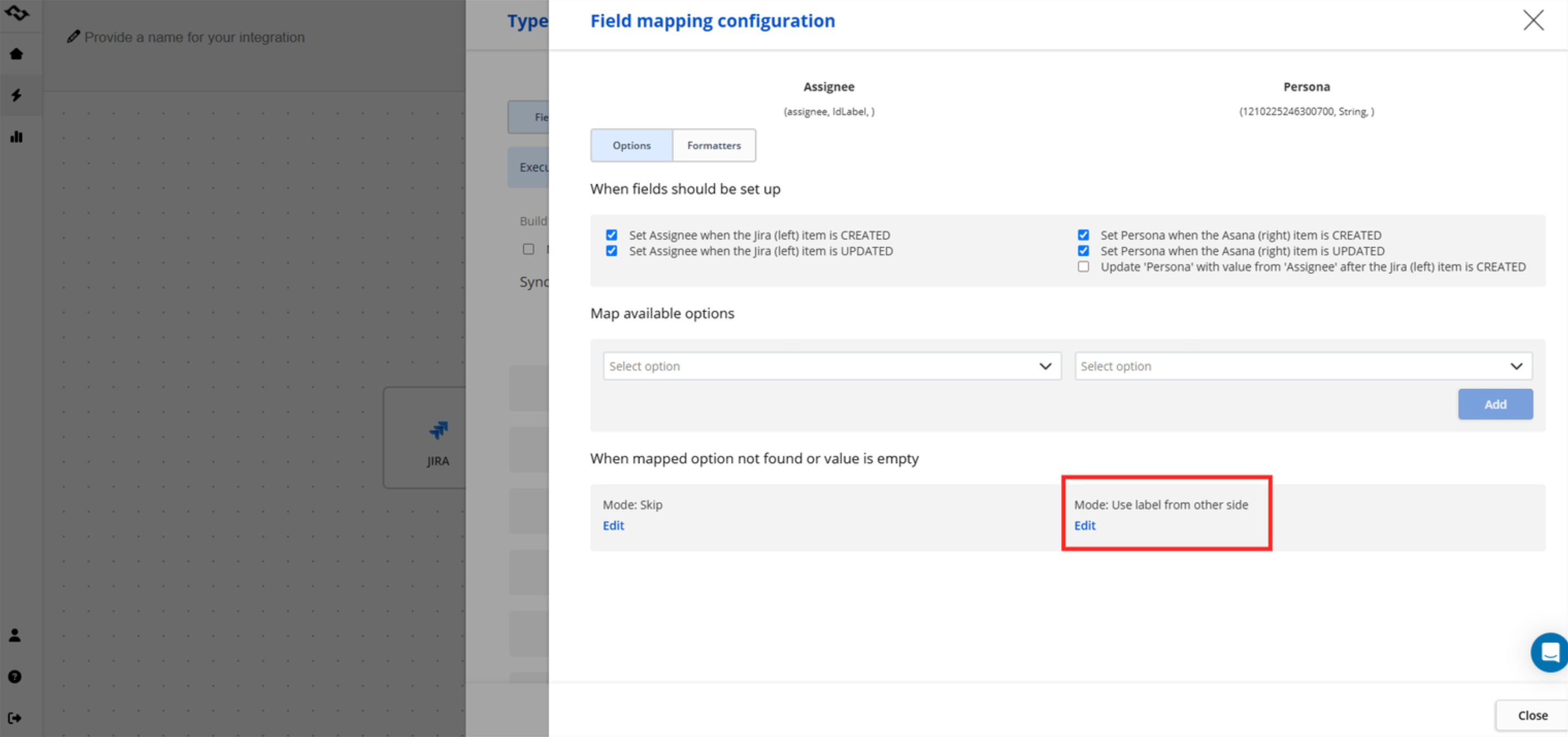
3. Test Migration
A test migration is essential to check how Asana data transfers into Jira. This allows teams to:
- Validate comments, attachments, and statuses.
- Confirm user mapping and permissions.
- Detect bugs early before the full migration.
Running a test ensures accuracy and avoids surprises.
4. Full Migration
Once validated, Getint executes the full migration. This can be done in phases, migrating multiple projects one by one to minimize disruption. The system provides live monitoring, ensuring you can track progress and quickly resolve any bugs.
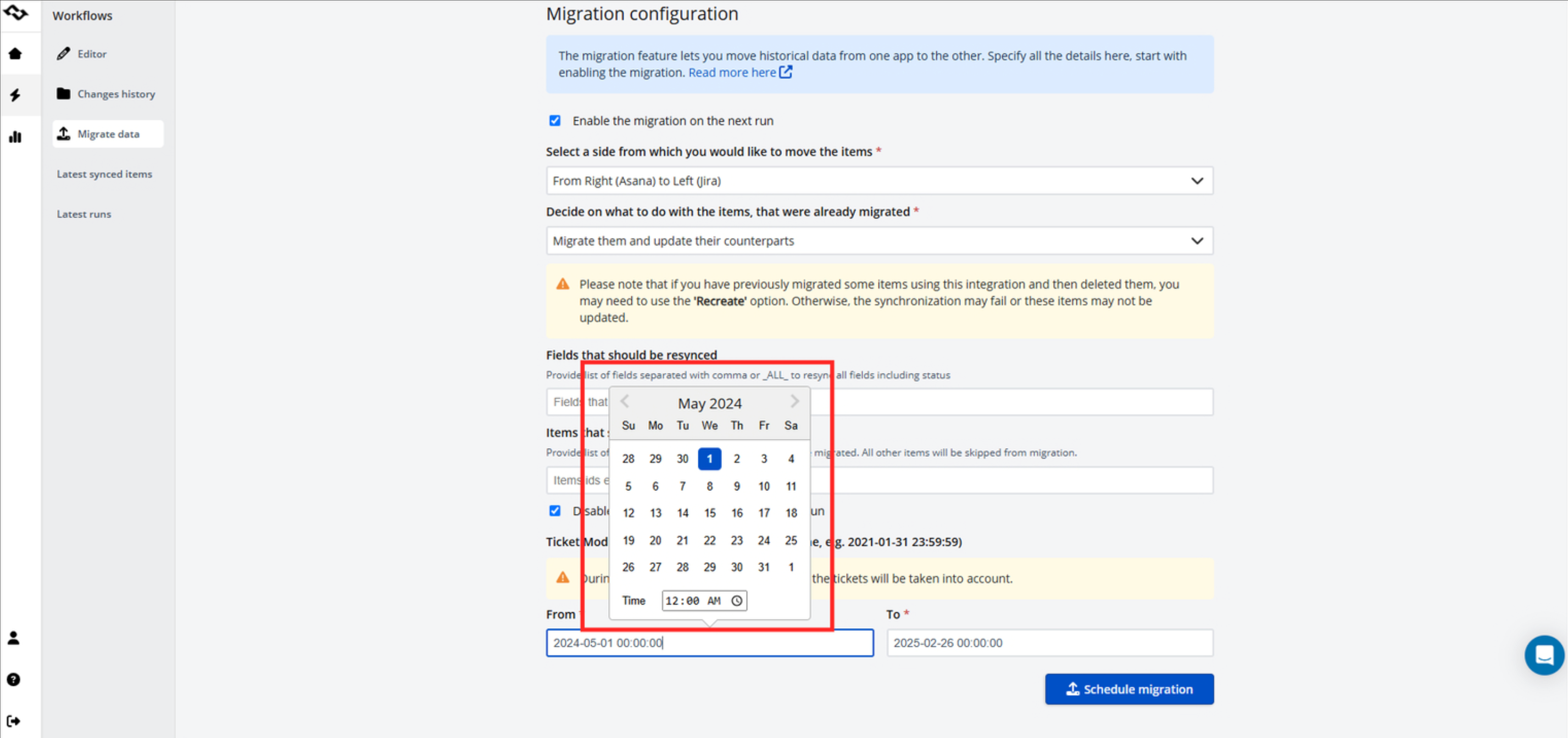
5. Continuous Sync (Optional)
After migrating, you can enable integration between Asana and Jira for ongoing sync. This keeps both tools aligned during the transition period while non technical teams get used to Jira.
Why This Approach Works
What makes this journey different is the attention to both the technical and the human sides. With Getint, the data integrity is preserved—tasks, comments, attachments, and statuses arrive intact. But just as importantly, the migration is designed around people. It acknowledges the fears of import issues, the need for reassurance, and the importance of clear status updates along the way.
Behind the software is a dedicated support team. They help with setup, answer questions, and walk you through challenges. They know migrations are more than checklists—they’re moments of vulnerability for organizations. And they treat them that way.
Benefits of Using Getint for Asana to Jira
- Data Integrity: All tasks, comments, attachments, and statuses are preserved.
- Flexibility: Ability to map custom fields, values, and issue types.
- Transparency: Real-time visibility into progress, error logs, and detailed reports.
- Support: Dedicated support team helps with setup, test migration, and troubleshooting.
- Security: ISO-certified app ensures compliance with enterprise standards.
Compared to csv imports or custom scripts, Getint offers reliability, auditability, and minimal risk of data loss.
Best Practices for a Smooth Migration
To ensure a successful Asana to Jira migration, follow these practices:
- Prepare Early: Audit your Asana project structures, custom fields, and users before you start.
- Run a Test Migration: Always validate a smaller set of tasks before full rollout.
- Involve Both Business and Technical Teams: Collaboration between non technical teams and technical teams ensures that nothing is missed.
- Communicate Clearly: Share status updates, timelines, and expectations with your team.
- Leverage Support: Don’t hesitate to contact Getint for guidance.

A Real Example: Large-Scale Asana to Jira Migration
To see how theory becomes reality, let’s look at three real organizations that migrated from Asana to Jira using Getint. Their stories highlight the challenges, decisions, and outcomes you can expect.
Bondora: Migrating 15 Years of History
Bondora, a fintech company, faced a particularly daunting challenge: 15 years of accumulated project history in Asana. As they grew and matured, it became untenable to maintain dual systems or manual syncs. Their goal was to fully migrate their institutional memory into Jira, unifying workflows across teams.
Key decisions & challenges:
- Phased approach: Instead of moving everything all at once, they started with product/engineering teams, then gradually rolled out to other departments.
- Workflow alignment & simplification: Some Asana workflows were replicated initially, but Bondora also used this as an opportunity to reevaluate and rationalize workflows in Jira.
- Custom fields and scheme management: They adopted a naming convention (project key as prefix) for configuration schemes and fields to keep things understandable across teams.
- Licensing and time buffers: Their internal estimate was for 5 months, but the migration ended up taking ~9 months. They had to plan for extensions, buffer time, and licensing costs per “request” or migrated item.
Outcomes & lessons:
- Bondora preserved a tremendous amount of historical data (comments, attachments, custom metadata) in Jira without losing context.
- They recognized that not all historical data is actively used — migrating all tickets may be overkill. Starting with open/active ones first was a strategy they leaned on.
- Perhaps most crucially, they discovered that the biggest challenge wasn’t just technical—it was shifting minds. Users accustomed to Asana’s paradigm needed time, training, and support to adjust to Jira’s logic.
Bondora’s journey underscores a truth many migrations face: the technical complexities are surmountable—but organizational change, training, and buffer planning often determine success or failure.
SodaStream: Speed Under Pressure
SodaStream, the internationally recognized sparkling water brand, needed to move quickly from Asana to Jira. They had multiple active projects, many issues, and a desire to make the transition cleanly and with minimal downtime.
Situation & constraints:
- Tight timeline: They could not wait for a lengthy trial; they needed fast onboarding and direct licensing.
- Full fidelity requirements: They required migration of titles, descriptions, attachments, comments, and status metadata.
- High expectations on support: Because of the tight schedule, they leaned heavily on Getint’s support team to ensure everything stayed on track.
Approach & execution:
- They bypassed the marketplace trial and proceeded directly with paid licensing to meet deadlines.
- They set up the migrations to preserve all the metadata fields they cared about.
- Daily support and custom assistance were part of the package to navigate unexpected edge cases.
Result:
- They migrated all required projects and issues fully, with high fidelity.
- Post-migration, SodaStream became a referral client, indicating satisfaction with the process.
- The client praised the rapid support, responsiveness, and clarity of communication throughout the migration.
SodaStream’s case shows that even under tight constraints, the right tool and support team can pull off a high-stakes migration without disaster.
IOHK (IOHK / Cardano): Migration + Ongoing Sync
IOHK, known for its work in blockchain infrastructure (notably Cardano), had a hybrid challenge: they had teams working in both Asana and Jira and wanted a clean migration plus durable synchronization moving forward.
Their position:
- Five cross-functional teams, some still using Asana, others in Jira. They needed historical unification and ongoing alignment.
- Strong demand for preserved data fidelity: tasks, subtasks, comments, attachments, statuses, and custom fields.
Method & configuration:
- They migrated historical data first. Then they enabled near real-time, bi-directional sync between Asana tasks and Jira issues/subtasks.
- They used default values or fallback mapping for fields that didn’t map 1:1, ensuring no data was lost.
- Importantly, everything was done with no-code UI configuration—no scripting required.
Outcomes & advantages:
- Full historical migration maintained, and ongoing sync kept both platforms aligned continuously.
- They gained unified reporting dashboards and cross-team visibility with confidence.
- Admins appreciated that there was low maintenance, robust UI flexibility, and clarity in error diagnostics.
IOHK’s case illustrates how Getint can act not just as a migration tool, but as an integration bridge—helping teams in transition without forcing an abrupt switch.
Costs and Licensing
It’s important to be transparent: the migration feature is billed separately from ongoing Jira integration. Pricing is usually based on the number of tasks or Jira issues to be migrated. While some might hesitate at the cost, the alternative—time lost, bugs, and broken workflows—is often far more expensive in the long run.
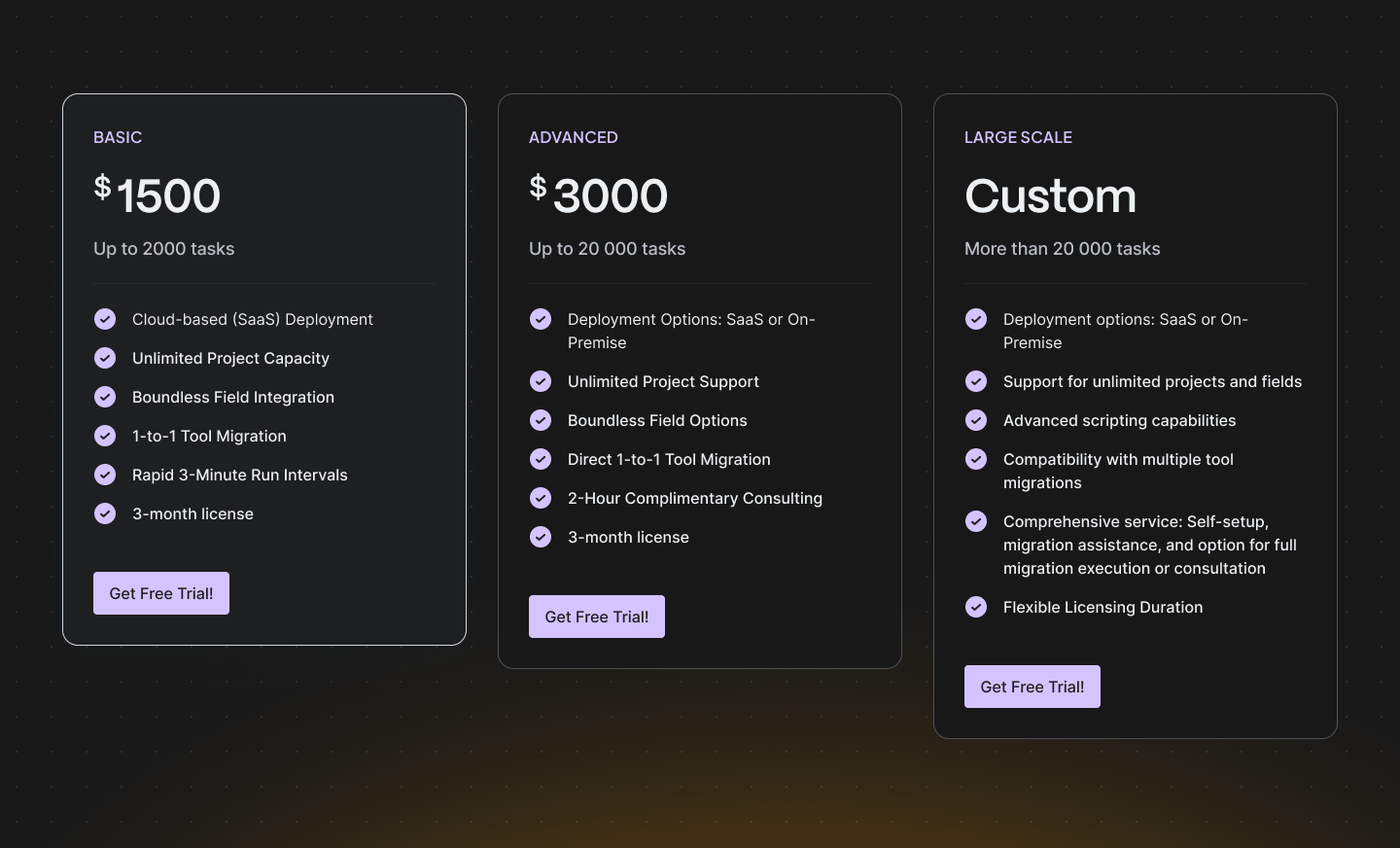
Looking Ahead
Moving from Asana to Jira is about more than a new tool. It’s about creating a future where your team can collaborate, adapt, and grow. It’s about ensuring that operations remain smooth, that your system reflects your needs, and that no piece of your story is left behind.
If you’re preparing for this journey, remember: don’t just pack boxes and hope. Refer to best practices, involve your whole team, and lean on partners who understand both the technical and emotional weight of the move.
Getint isn’t just software; it’s a guide through one of the most important transitions your organization will make. And with the right approach, your migration can be less about leaving something behind and more about stepping confidently into what’s next.
Next Step: Learn more about Asana to Jira Migration with Getint

